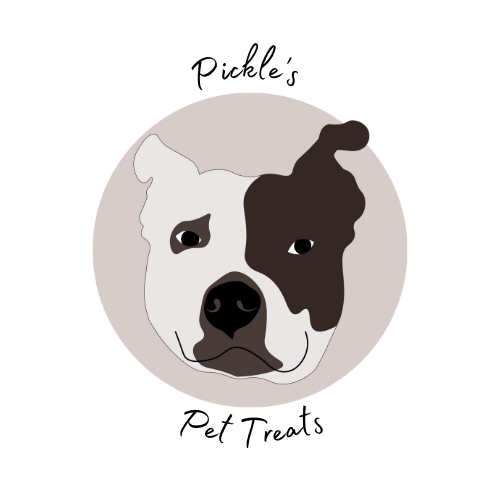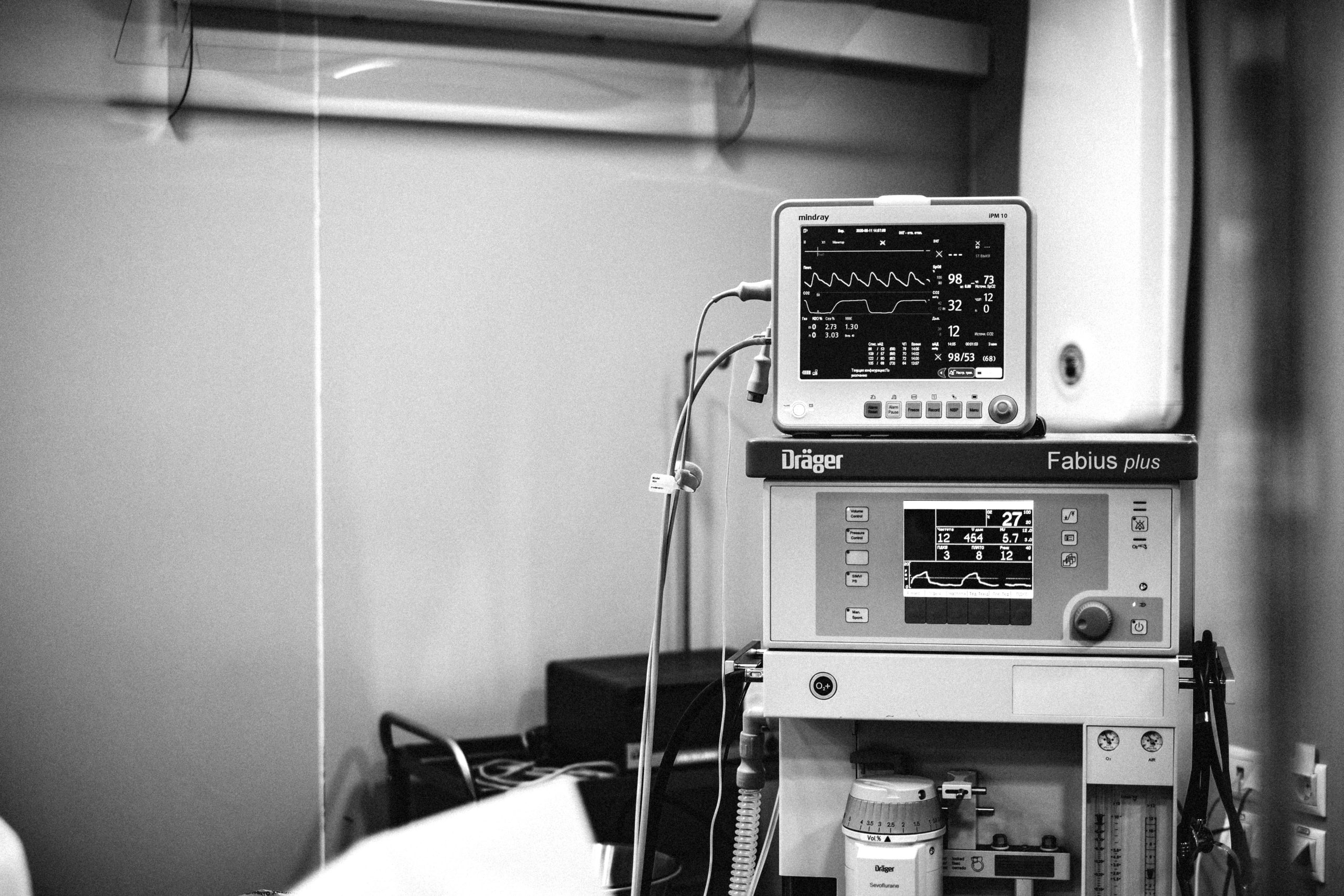As a pet owner, the thought of your furry friend undergoing anaesthesia can be daunting. However, understanding the process and how it is safely administered can help alleviate your concerns. In this blog post, we’ll explore the essentials of veterinary anaesthesia, common risks, post-operative care, and the use of sedation as an alternative.
What is Anaesthesia?

Anaesthesia is a medical procedure used to prevent pain during surgeries and other medical procedures. It involves the administration of drugs that induce atemporary loss of sensation or consciousness. In veterinary medicine, anaesthesia is commonly used for surgeries, dental procedures, and diagnostic imaging.
How Does Anesthesia Work?
Anesthesia works by depressing nerve function, which results in a temporary loss of sensation or consciousness. Here’s a closer look at how it works:
- Local Anesthesia: This type numbs a specific area of the body by blocking nerve signals in that area. It is often used for minor procedures such as wound suturing or skin biopsies.
- Regional Anaesthesia: This involves numbing a larger area of the body, such as a limb, by injecting anaesthetic near a cluster of nerves. It is used for more extensive procedures.
- General Anaesthesia: This type induces a state of unconsciousness by affecting the brain and central nervous system. It is used for major surgeries and procedures that require the pet to be completely still. During this unconscious state, there is muscular relaxation and loss of pain sensation.
How is Anaesthesia Administered?
The administration of anaesthesia in veterinary medicine is a carefully controlled process. Here are the key steps involved:
- Pre-Anaesthetic Evaluation: Before administering anesthesia, the veterinarian will conduct a thorough evaluation of your pet’s health. This may include blood tests, physical examinations, and reviewing your pet’s medical history to identify any potential risks.
- Pre-Medication: To reduce anxiety and prepare your pet for anaesthesia, pre-medication drugs may be administered. These drugs help to relax your pet and provide pain relief.
- Induction: Anaesthesia is typically induced using injectable drugs through an intravenous catheter (cannula). Once your pet is unconscious, a breathing tube is placed in their trachea to ensure they receive a steady supply of oxygen and anesthetic gases.
- Maintenance: During the procedure, anaesthesia is maintained using a combination of injectable drugs and inhaled anaesthetic gases. The veterinary team closely monitors your pet’s vital signs, such as heart rate, blood pressure, and oxygen levels, to ensure their safety. You may opt for your pet to receive intravenous fluids during surgery to help support blood pressure and assist with a fast recovery by supporting the kidneys to remove the drugs from your pet’s system after the procedure is finished.
- Recovery: After the procedure, your pet is carefully monitored as they wake up from anesthesia. Pain management and supportive care such as warming and continued fluid therapy are provided to ensure a smooth and comfortable recovery.
Common Risks of Anesthesia
While anesthesia is generally safe, there are some risks involved. These risks can vary depending on your pet’s age, breed, health status, and the type of procedure being performed. Common risks include:
- Allergic Reactions: Some pets may have allergic reactions to anaesthetic drugs such as Propofol.
- Respiratory Issues: Anesthesia can affect breathing, especially in brachycephalic breeds like Bulldogs and Pugs. Commonly anaesthesia causes a reduction in respiration, and sometimes patients may stop breathing on their own altogether. In this case, veterinary staff will provide ventilation until normal respiration resumes.
- Cardiovascular Complications: Anesthesia can cause changes in heart rate and blood pressure, which may lead to complications1. Commonly anaesthetic agents cause hypotension, or low blood pressure. This is monitored closely by veterinary staff who will use intravenous fluids and medications to correct low blood pressure.
- Hypothermia: Pets can lose body heat during anesthesia, leading to hypothermia. This is caused by multiple factors such as cold intravenous fluids, cold oxygen administered through the endo-tracheal tube, cold surgical preparation such as cleaning and clipping fur, and large abdominal surgeries allow cold air to enter the body cavity.
- Post-Anesthetic Nausea: Some pets may experience nausea and vomiting after anesthesia. This is a normal side-effect commonly experienced by humans also, and can be relieved with anti-nausea medication such as Prevomax (maropitant) or Zofran (ondansetron).
Post-Operative Care
Proper post-operative care is crucial for your pet’s recovery. Here are some key aspects to consider:
- Rest and Comfort: Keep your pet warm and comfortable by providing a soft, clean bed in a quiet, draft-free room or crate. Limit their physical activity to prevent strain or damage to the surgical site by preventing jumping and running, and keep on a lead when taking out to toilet.
- Feeding: Offer small, frequent meals to reduce the risk of nausea and vomiting. Ensure your pet has access to fresh water at all times, including pre-operatively (even through your pet isn’t allowed food). This helps support your pet’s blood pressure and speed up recovery time.
- Monitoring: Keep an eye on the surgical site for any signs of infection, such as redness, swelling, or discharge. Take photos if necessary. Use an Elizabethan collar, recovery suit, or inflatable collar to prevent your pet from licking or chewing at the incision site for at least 7 days – but this will depend on your pet’s discharge instructions. If your pet requires sutures to be replaced, this will likely incur an additional fee from your vet. Your pet can have breaks from the E-collar during mealtimes or when you are intently watching your pet only. It must be used when sleeping and when you are out of the house.
- Medication: Follow your veterinarian’s instructions for administering pain medications and antibiotics if necessary. Do not give any additional medications without consulting your veterinarian. Medications such as Ibuprofen can be deadly to pets, while others like Paracetamol are safe to give to dogs (but not cats!). Always ask your vet or vet nurse what can be given before you give it to your pet. Most likely your vet will send you home with all the medications you will need.
- Follow-Up: Schedule follow-up appointments with your veterinarian as directed by your vet to ensure your pet is healing properly. Some clinics will allow you to send email updates with photos in between appointments if you have any concerns. Usually this is a free appointment, but check with your vet.
Use of Sedation
In some cases, sedation may be used as an alternative to general anesthesia. Sedation involves the administration of drugs that induce a state of calm and relaxation without complete unconsciousness. This can be useful for less invasive procedures such as radiographs and ultrasounds, or for pets that are particularly anxious for small procedures such as nail trims and ear cleaning.
Common drugs used for sedation include:
- Acepromazine (ACP): Often used in combination with other drugs for surgical procedures.
- Methadone: Provides pain relief and is used in combination with sedatives for surgery.
- Medetomidine: Used for sedation-only procedures, often in combination with butorphanol.
- Butorphanol: Provides sedation and mild pain relief, commonly used in combination with medetomidine.
Use of sedation generally means there is less risk, and a quicker recovery as some medications such as medetomidine are reversible.
Anesthesia is a vital tool in veterinary medicine that allows for safe and effective medical procedures. By understanding the process, common risks, and post-operative care, you can feel more confident about your pet’s care. Sedation can also be a valuable alternative for certain procedures. Remember, your veterinarian is there to ensure your pet’s well-being and to address any concerns you may have.
If you have any questions or need further information, feel free to reach out to us at Pickle’s Pet Care. We’re here to support you and your furry friends every step of the way!
Pickle’s Pets 2024
Written by Brittany Overton, Veterinary Nurse

